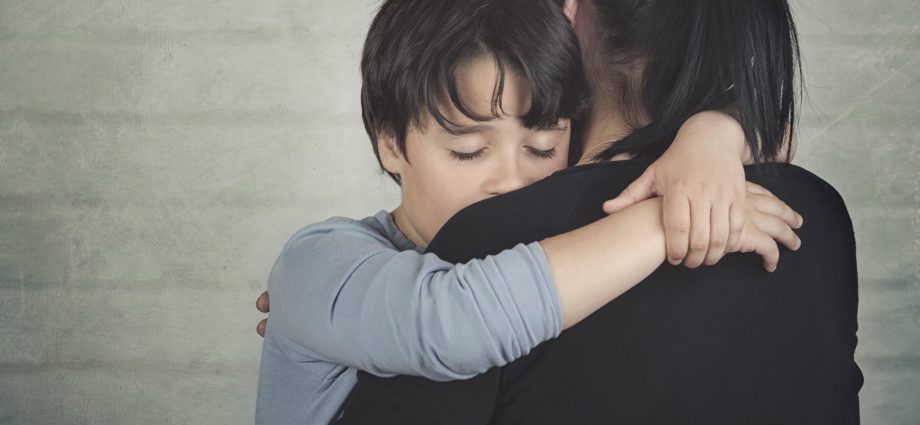MONDAY, March 14, 2022 (HealthDay News) — A fresh review of recent government surveys suggests the well-being of 73 million American kids is under strain and seems to be getting worse.
The upshot: anxiety, depression and behavioral problems appear to be on the rise, while the amount of time kids spent being physically active or getting preventive care has been on the decline.
Parental emotional well-being and mental health — as well as the ability of caregivers to meet the demands of parenting — were also found to be suffering in tandem.
And that was all pre-pandemic. Once the pandemic struck, the review found, behavioral problems appeared to worsen even more. That was accompanied by even steeper declines in access to pediatric preventive care; an uptick in unaddressed health care needs among children, and a rise in the number of parents who chose to change jobs or decline work specifically because of pressing child care needs.
“Our research highlights a critical need to support both children and their caregivers to improve families’ mental and emotional well-being,” said study author Dr. Michael Warren, an associate administrator with the Maternal and Child Health Bureau of the U.S. Health Resources and Services Administration (HRSA) in North Bethesda, Md.
“This includes ensuring access to timely health care services, and addressing social determinants of health to support children and families’ overall well-being,” Warren added.
In the study, Warren and his colleagues looked at recent results from the U.S. National Survey of Children’s Health.
The survey is conducted every year, to gain a broad snapshot of child health in terms of access to care, health care use patterns, behavioral trends and overall mental and physical health status.
Mental health declines for kids, caregivers
The researchers pored over surveys launched between 2016 and 2020, including information on nearly 175,000 children up to the age of 17.
The study team noted that the last survey stretched into January 2021 and included information collected during the first year of the pandemic.
Childhood health concerns covered by the survey included asthma, headaches and migraines, anxiety, depression, behavioral issues, autism, attention deficit hyperactivity disorder (ADHD), dental issues, obesity and special care requirements.
The survey also looked at childhood health behaviors deemed beneficial and/or essential, such as daily reading habits, activity patterns, access to health care (preventive care, specifically), and overall well-being of the family.
Barriers to health care access were assessed in terms of insurance status and outstanding medical debt, among other things.
In the end, the team found that between 2016 and 2019, childhood diagnoses of anxiety rose by 27%, while depression risk rose by 24%. Yet the analysis also indicates that about a fifth of kids who need mental health services are not getting them, a figure that held steady across all surveys.
At the same time, physical activity levels plummeted by more than 24% and parental or caregiver mental health cratered by almost 70%. The ability to cope with the demands of parenting dropped almost as much (67%).
The team further found that when compared with the year leading up to the pandemic, the first year of the pandemic saw an almost 21% additional rise in childhood behavioral and conduct problems.
The pandemic also appeared to trigger a more than 9% rise in the onset of disruptions to child care that undermined the ability of parents to work — during the pandemic there was a 34% rise in the proportion of children whose parents decided to quit, change jobs or decline work altogether because of child care needs.
Silver lining: child poverty rate dropped during pandemic
At the same time, the bottom continued to fall out on access to preventive pediatric health care, which dipped by another 9%. Preventive dental care also dropped by 7% among kids, while the percentage of children with unmet medical needs rose 32% overall.
The study team did not explore which factors might be driving the trends; more research will be needed to uncover what exactly is afoot.
“[But] as the president made clear in the State of the Union, children’s mental health needs are a national priority,” said HRSA administrator Carole Johnson.
“Today’s findings reinforce the president’s call for action to support children and their families’ mental health and well-being,” Johnson added. “At the Health Resources and Services Administration, we are answering his call by focusing on expanding pediatric mental health services, training more mental health care providers, and making mental health a key part of primary care to ensure that children get the quality care they need and deserve.”
The findings were published online March 14 in the journal JAMA Pediatrics.
As for the pandemic’s role in all of this, Dr. Paul Wise and Dr. Lisa Chamberlain, both from Stanford University School of Medicine, offered a cautiously optimistic take on the findings.
In an accompanying editorial, Wise and Chamberlain wrote that COVID-19 had clearly “disrupted the fabric of family and community life.”
But the editorial also pointed out that during the pandemic, childhood poverty “has fallen to historic lows,” from 14% in 2018 to less than 5.6% by 2021. That is largely due to new policy initiatives that have dramatically expanded the federal safety net.
Yet at the same time, the authors warned that many of those hugely beneficial initiatives have already expired — such as the Child Tax Credit — or are slated to expire if new action isn’t taken.
More information
There’s more on child health at U.S. Centers for Disease Control and Prevention.
SOURCES: Michael Warren, MD, MPH, associate administrator, maternal and child health bureau, Health Resources and Services Administration (HRSA), U.S. Department of Health and Human Services; Carole Johnson, administrator, Health Resources and Services Administration, U.S. Department of Health and Human Services, North Bethesda, Md.; JAMA Pediatrics, March 14, 2022
Copyright © 2025 HealthDay. All rights reserved.

